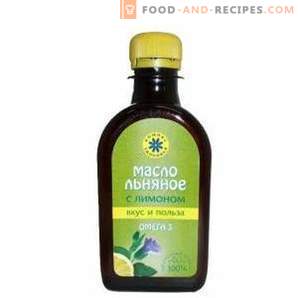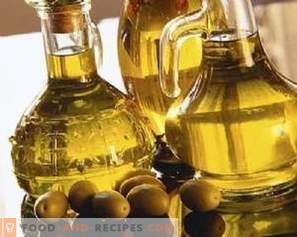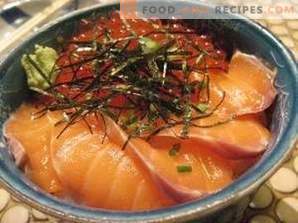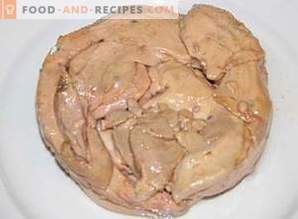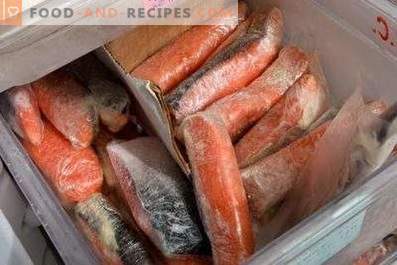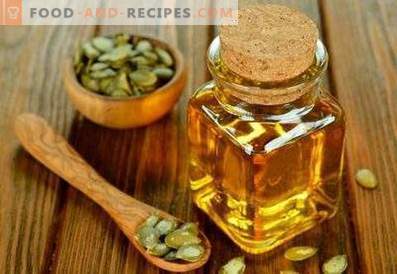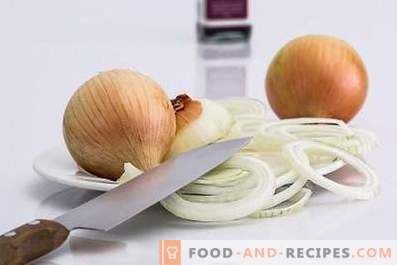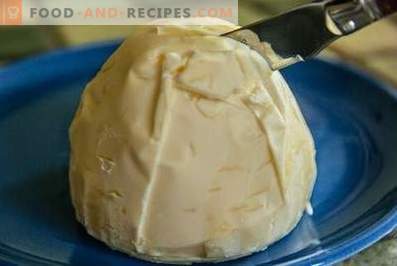
It’s hard to imagine homemade burgers without a ruddy, steaming crust. But its appearance in the absence of oil in the pan would be impossible. But the quality and benefits of the finished dish directly depends on the type of oil chosen for frying.
The widespread use of fats (and oils, in particular) is due to these physical properties:
- low thermal conductivity and, therefore, the ability to optimally lower the temperature of the frying top, preventing the products from burning;
- ability to ensure uniform frying by equalizing the temperature field created in the pan;
- the formation of taste, juiciness and tenderness of the finished dish, increased caloric content of products due to absorption of fat by the surface layer, it is in the presence of fat that the aroma of spices is revealed more brightly.
Oil quality is determined by:
- quality of raw materials;
- method of pressing and cleaning (depending on the degree of cleaning depends on the point of smoke);
- for the period during which the oil has been stored;
- storage conditions (availability of free access of air and substances that can affect the chemical properties of the oil).
Fats are conditionally divided into saturated (solid) and unsaturated fats (liquid consistency). Most are saturated with fats of animal origin (although lard contains a number of unsaturated fatty acids, in particular, arachidonic, which does not contain any product). With excessive consumption, they contribute to the increase in blood levels of “harmful” cholesterol. Saturated fats are necessary for our body to assimilate a number of vitamins, the synthesis of hormones and the construction of cell membranes and are vital in cold climates. Unsaturated fats do not form solid compounds either in air or in human blood.
Frying occurs at a temperature of 140 ºC to 200 ºC. The risk to exceed the temperature of smoking is much greater when cooking on a gas stove: a cast iron pan, under certain conditions, heats up to 600 ºC. Therefore, the requirements that must be satisfied for the butter for roasting are:
- heat resistance (high smoke point);
- low humidity (excluding splashing) and viscosity;
- no pronounced smell and taste.
The oil chosen for frying cutlets should be optimally combined with them in consistency, taste and smell. In this sense, universal refined oils are the undisputed leaders, no matter what the arguments against them. Refining raises the temperature of the smoke, the temperature limit at which smoke begins, visible to the naked eye, marking the dangerous changes in the composition of any fat.
High (above 190 ºC) pork fat and refined oils have the smoke temperature:
- sunflower;
- rapeseed;
- soybean;
- corn.
Of the unrefined oils, the high temperature of smoking is:
- olive;
- sesame;
- mustard seed;
- peanut;
- hazelnut oil.
To reduce the risk of loss of oil quality, it is necessary to adhere to certain rules of food safety:
- Store the oil in an appropriate manner (in a dark, cool place), preventing it from becoming rancid;
- shorten the time for roasting meatballs;
- Do not reuse any oil;
- minimize the consumption of deep-fried foods.
The nutritional value of the oil is reduced in any method of frying - fat-soluble vitamins, essential fatty acids and a number of biologically active substances are destroyed, but only prolonged heating noticeably reduces the amount of essential fatty acids.
Cutlets as a protein product absorb some fat, as this prevents a large amount of moisture released during protein denaturation. The fat that has been absorbed into the product does not change much, but the remaining in the pan is subjected to intense oxidation. The ideal option is to fry the next batch of patties in a fresh portion of butter and short stew in a saucepan under the lid.

